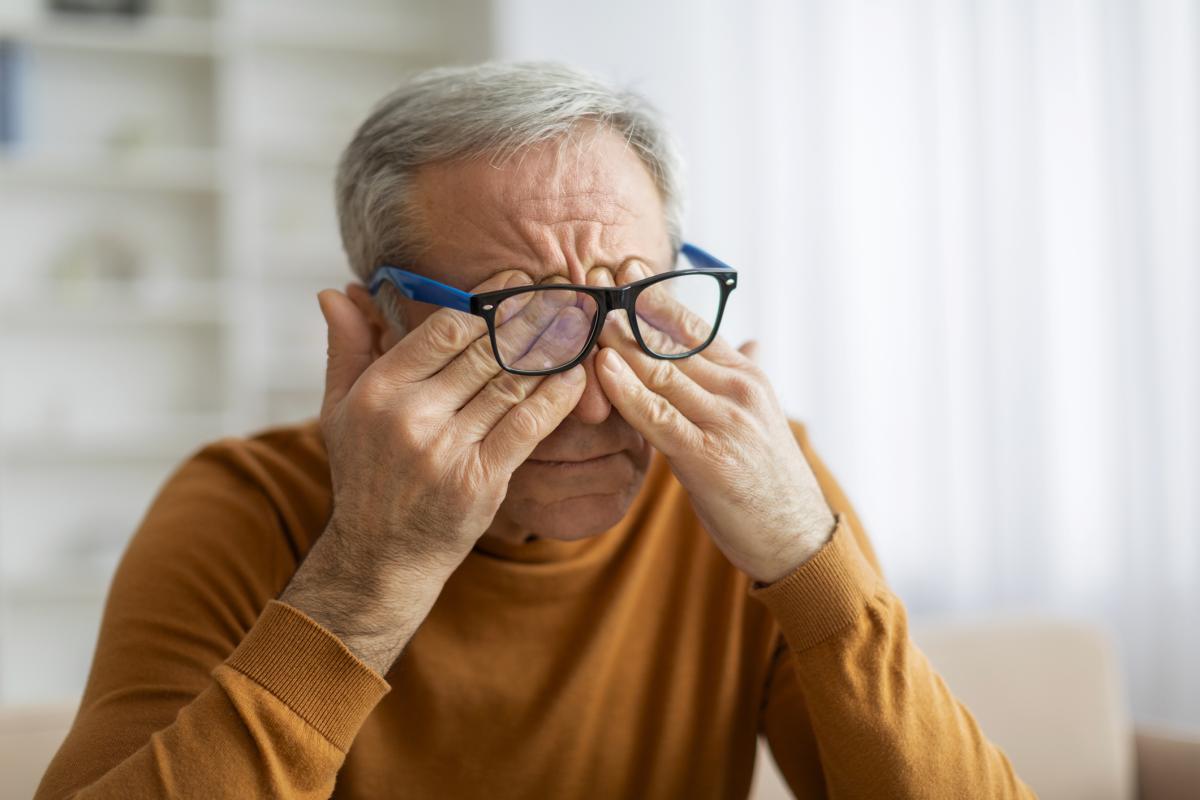Silently stealing your sight

January is Glaucoma Awareness Month and an important time to remind everyone of the importance of taking care of your eyes. Did you know that glaucoma is the second leading cause of blindness in the world? According to the Glaucoma Research Foundation, it is estimated that more than three million Americans are currently living with some form of the eye disease while only half may be aware of it. Glaucoma is commonly referred to as the “silent thief of sight,” and often appears suddenly with few to no signs or symptoms, meaning early detection is key in fighting this disease. Read on to learn about glaucoma and how you can better protect yourself against this disease.

What is glaucoma? Glaucoma is a disease that affects the health of the optic nerve which transmits visual stimuli to the brain where images are perceived. It is most often diagnosed along with high intraocular pressure, or “eye” pressure, although it can occur in the absence of high eye pressure as well.
What are the risk factors associated with glaucoma? Certain people are at a higher risk for glaucoma than others. If you have a first degree relative such as a parent or sibling with glaucoma, your risk is increased. Additionally, certain populations tend to develop it more frequently: Males, African Americans, and people over the age of 50. Certain health conditions may also predispose a person to glaucoma, such as diabetes, differences in ocular anatomy, and certain cardiovascular conditions.
Are there any signs and symptoms of glaucoma? Most glaucoma happens without any signs or symptoms until it is very advanced, and damage to the optic nerve typically happens slowly. Eyes with high eye pressure don’t feel like there is a lot of pressure or discomfort. Symptoms of advanced glaucoma involve decreased side vision that eventually affects the central, sharp vision. Sometimes, very sudden glaucoma may cause an intense headache along the brow, make patients nauseated, cause red eyes with a pupil that doesn’t move, and cause a patient to see glare around lights. If this happens, it is an urgent condition and you should seek care immediately, as this type of glaucoma can damage the vision profoundly and quickly. In either type of glaucoma, it is important to seek treatment because once the vision has been damaged from glaucoma, it is usually unrecoverable. Treatment for glaucoma is generally only able to keep the damage from getting worse, and cannot reverse any existing damage.
What can I do to prevent myself from getting glaucoma? First and foremost, obtain regular eye care – particularly if you are in a higher risk group as described above. Recommendations for routine eye exams are every two years until the age of 60, and annually thereafter. If you are told during an exam that you are at risk for glaucoma, it is extremely important to follow up as recommended. There are no other preventative measures that can reliably reduce your risk of glaucoma.
How is glaucoma treated? The only treatment for glaucoma is reducing the eye pressure or removing any contributing health or medication factors when feasible. First line treatment to lower eye pressure is through the use of one or more eye drops to reduce the eye pressure until no more damage to the optic nerve is noticed. If the pressure cannot be lowered enough with drops, there are also laser and surgical treatments available. The treatment is individualized to each patient, so it may vary from person to person.
To learn more about Dr. Fries’s clinic locations, or to schedule an appointment, call (402) 559-2020.




